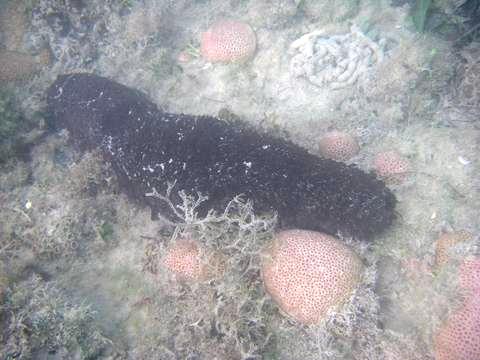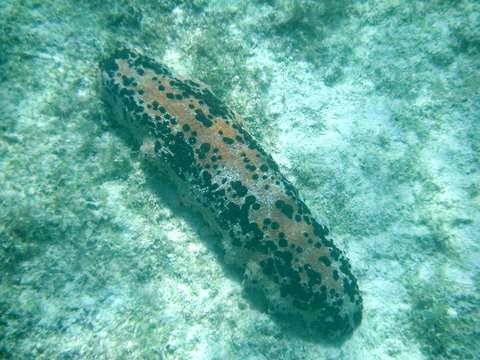Four sided sea cucumber, Sea pudding
(Isostichopus badionotus)
(Isostichopus badionotus)
By Sara K. MacSorley
Dr. James B. Wood
Dr. James B. Wood
|
Four sided sea cucumber, Sea pudding
(Isostichopus badionotus) By Sara K. MacSorley
Dr. James B. Wood |

